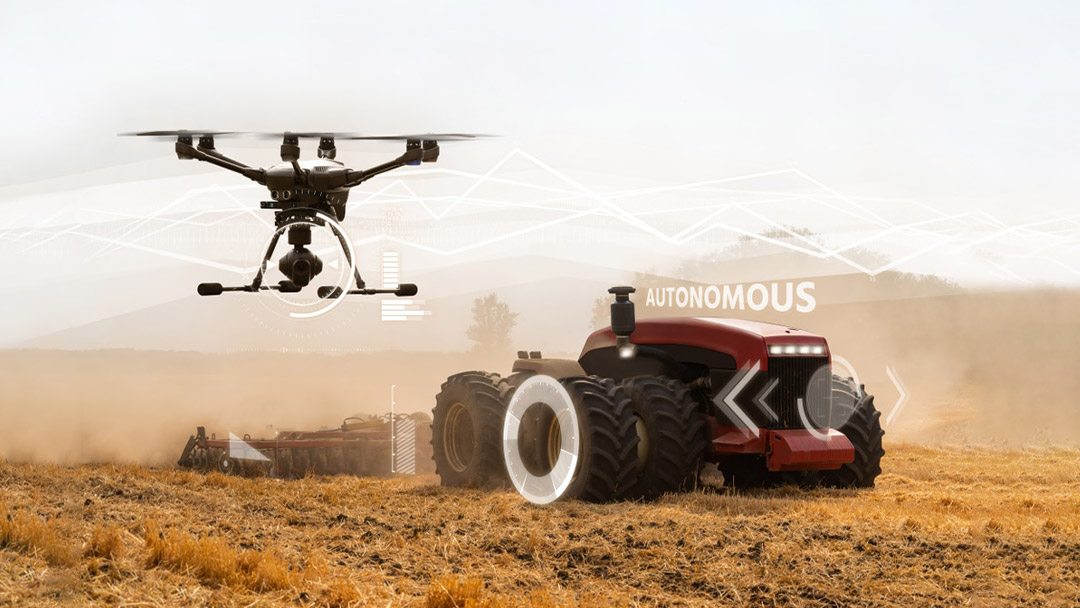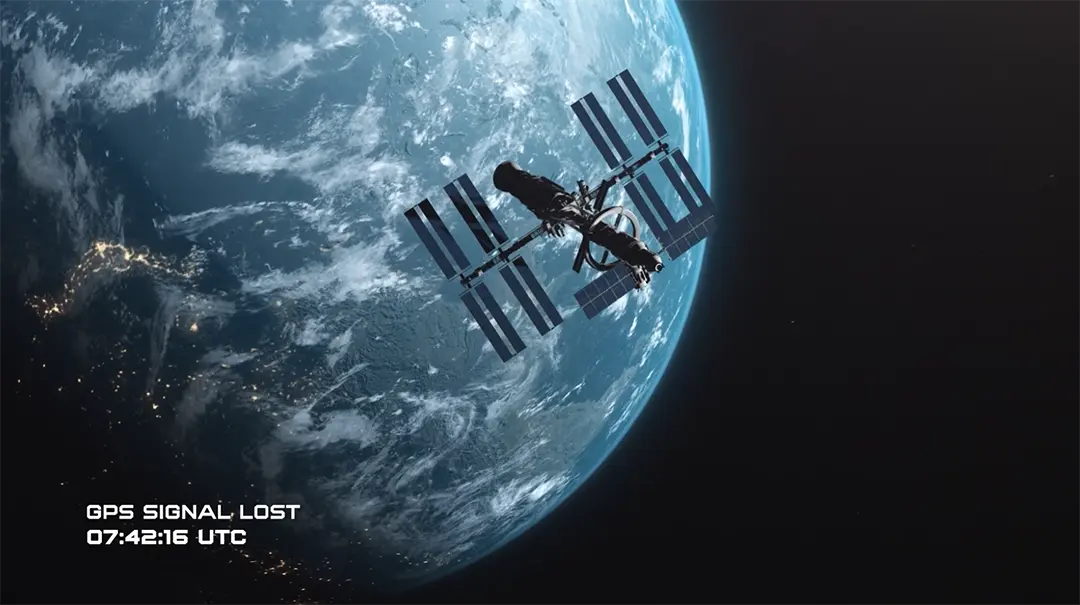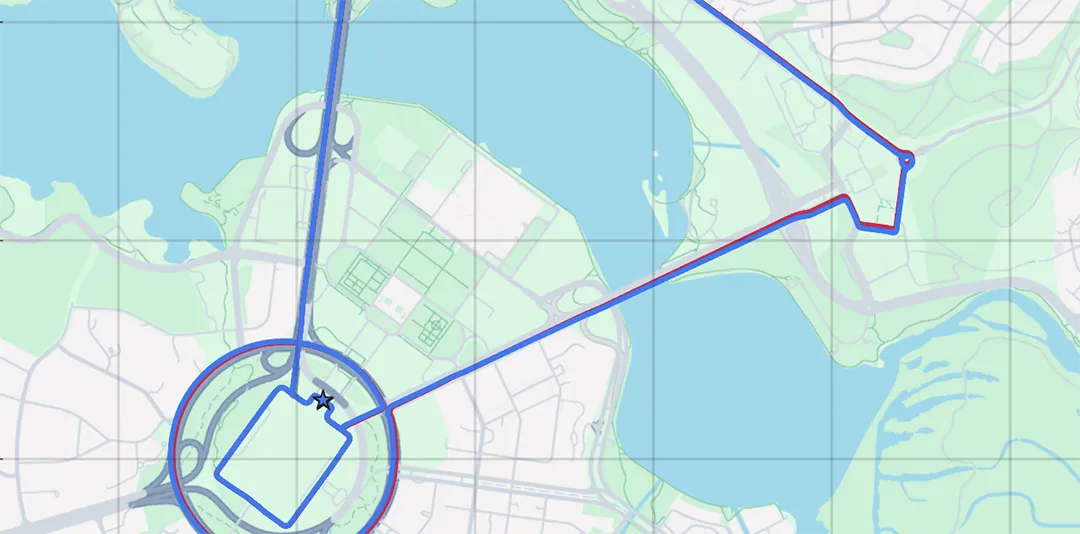Tech Article


Published on:
Farming is a hands-on vocation requiring dedication, resilience, skill and stamina that is often overlooked in terms of its critical importance to society. As populations increase and there are ever more mouths to feed, a groundswell of recognition for what is being termed “food security” is being felt across the world. Farmers are expected to sustain increasing populations and provide for broader dispersion of produce, so require new methods to achieve this. Traditional techniques for crop growing and other agriculture activities have been a mainstay for literally centuries, however, technology has caught up in a big way that is offering farmers many new and ingenious ways to improve life on the land. Concurrently, populations are tending to become increasingly concentrated in urban areas and, as a consequence, away from farm work. This is leading to further pressure on farmers and their precious resources. Farmers face several obvious challenges:
To overcome the above and many other challenges facing the agricultural community, new technologies and practices are required to replace particularly mundane and labour-intensive tasks and freeing up time for other work. This results in a shift in farming and agriculture practice to automate labour and machinery intensive practices through the adoption of autonomous systems.
Mounting pressure is also on farming to alter practices in ways that can help stymy the effects of climate change and reduce greenhouse gas emissions. This is no easy task, especially when coupled with increasing output, but challenges that can be helped overcome using autonomous farming equipment, robotics and clever science.
Agriculture is facing other crises. The movement of people from rural to urban areas not only leaves a labour shortage problem, but more prominently, a succession problem. As a result, the average age of farmers is increasing – this is due to children typically being less interested in farming, which creates the problem of who will work the farm when the current generation of farmers retire. The answer may lie in the very field of modern ag-tech – the potential for robotics and autonomous farming equipment and management systems is changing farming from what was once a laborious, demanding and repetitive vocation into an industry that is not only rapidly adopting the latest sensor, robotics and autonomous technologies, but also playing an important role in driving research and development in them.
This paradigm shift in agriculture from relatively low-tech to latest-tech is sure to inspire youngsters that otherwise might leave the farm to pursue city jobs, to stay on the farm and be part of a new generation of farmers that use and help develop cutting-edge agriculture technologies.

Autonomous tractors and harvesters can operate day and night.
Primarily, autonomous farming technologies exist to free up human farm workers from certain activities, where their time can be better spent on more important things. Currently, these aids are typically machines that are equipped to perform specific, regular tasks. The most obvious is the tractor, which is used for numerous jobs on a typical crop field. These may include tilling, seeding, cultivating and harvesting; with the tractor traversing the field in a regular lawn mower pattern each time. The boundaries of a field and the simple notion of driving up and down it are ideal for automation.
Existing tractors can be retrofitted with self-driving systems to save on recapitalization, with manufacturers also offering autonomous tractors and other equipment “out of the box”. To assist farmers in managing capital expenditure and more efficiently distribute the resources spent in equipment manufacturing, autonomous tractors and autonomous farming equipment can be temporarily leased during times of high demand via companies offering farming and robots as a service (FaaS and RaaS, respectively) models.
Specialized robots are also coming to market for niche or specialized farming applications, such as Naïo Technologies’ Ted vineyard robot.
Other big advantages of using autonomous farming equipment are that time of day, shift length and downtime due to operator breaks or illness become things of the past.
How to define precision agriculture (PA)? It is a tech-based methodology designed to provide farmers with a clear, in-depth understanding of farm conditions. The key concept underpinning PA is to use detailed observation and measurement for what might be termed “strategic farming”. The greater the number of variables being measured, the larger the available data. When the data can be intelligently analyzed and linked, farmers can better understand the soil, where and when to plant various crops and how to tend them for sustained output.
For example, measuring soil moisture content, topology, rainfall, sun exposure, oxygen and nitrogen content that is coupled with precise locations of where measurements are taken gives farmers a new insight into what is happening above the soil and in it. Using this data, farmers can make more informed decisions that are very specific to particular conditions or crop needs. As an example of how this can alter farm activities, prior to precision agriculture, farmers would spray entire crops as fairly standard practice – a blanket approach. With precision agriculture, only areas that require spraying are sprayed (perhaps using autonomous Unmanned Aerial Vehicles – UAVs). The increases in efficiency and the minimization of resource use and chemical applications are obvious.
A recent study on the benefits of precision agriculture by the Association of Equipment Manufacturers (AEM) in the United States found the following:
The above indicators are just the beginning of a new direction for large-scale farming. It is clear that precision agriculture and autonomous farming equipment are mutually beneficial. Industry pundits suggest that the adoption of precision agriculture practices and autonomous farming equipment will significantly further these already positive results.

Precision agriculture provides farmers with detailed insights into the state of the land and crops. Farmers can use this data to make well-informed decisions.
It is very possible that future agriculture may include farms that operate entirely autonomously, with many machines, both on land and in the air. These machines will communicate using a common interface with a control system that employs artificial intelligence and machine learning (ML) to coordinate activities, and adjust and self-regulate farming operations with unprecedented levels of efficiency.
Artificial intelligence (AI) is being leveraged to make autonomous systems smarter and more useful. For example, AI-enhanced sensor suites can enable robots to detect and avoid obstacles and people, operate within strict boundaries and improve operational efficiencies; even judging whether the terrain ahead can be safely traversed.
AI has much more to offer farmers than vehicle navigation and control. The advent of precision agriculture and using other modern-day technologies, such as uncrewed aerial vehicles (UAV or “drone”), enables farmers to survey farms and crops without having to physically visit sites, saving much time, money and resources. The AI can be used to process the survey data (for example, images, LiDAR) to identify specific objects or phenomena and provide high-accuracy location data so that weeds or diseases, for example, can be responded to.
AI-enhanced robots can scan an image of a fruit and determine if it has the necessary properties for picking, such as ripeness, color, size and condition. It can do this in a fraction of a second before performing the actual picking, minimizing sorting and handling further down the line and leaving behind fruit that is not ready for harvest or otherwise does not meet quality standards. Similarly, weeds can be automatically identified and targeted for spraying or extraction, helping minimize the use of herbicides and pesticides.

Autonomous agriculture robots with AI assistance and control can evaluate fruits and vegetables before performing the actual picking.
Individual autonomous vehicles, robots and other agricultural machines are great in isolation, but to manage them all with centralized and interconnected efficiency will make each individual solution markedly better in terms of achieving overall, coordinated autonomous agriculture. To this end, ISO 11783 (also known as “ISObus”) exists as a means of standardizing a communications interface for interconnecting agricultural equipment, sensors and control systems. To quote part of the standard:
ISO 11783-1:2017 as a whole specifies a serial data network for control and communications on forestry or agricultural tractors and mounted, semi-mounted, towed or self-propelled implements. Its purpose is to standardize the method and format of transfer of data between sensors, actuators, control elements, and information-storage and -display units, whether mounted on, or part of, the tractor or implement. It is intended to provide open system interconnect (OSI) for electronic systems used by agricultural and forestry equipment.
A standardized communications protocol will enable compliant equipment from different manufacturers to communicate and inter-operate seamlessly. ISObus also supports high voltage/high energy electrical connections for powering equipment.
Autonomous agriculture robots, autonomous tractors and autonomous farming equipment will help overcome many of today’s agronomic challenges.
Note that because autonomous systems and their use in agriculture are still new, many jurisdictions throughout the world have regulations that control the application of autonomous agriculture. For example, how much human supervision of autonomous vehicles is required and whether drone-based spraying of herbicides is permitted.

20 May 2025
Go to Article
30 March 2025
Go to Article